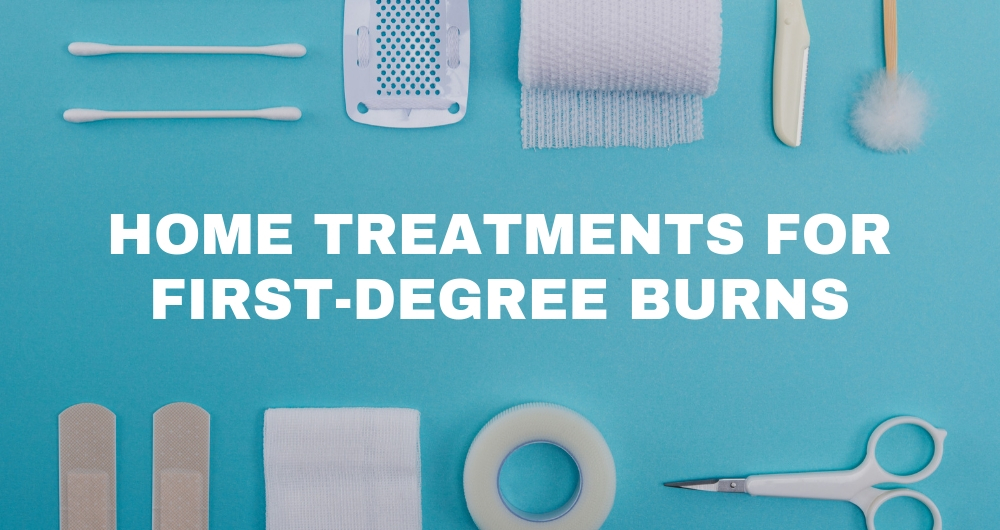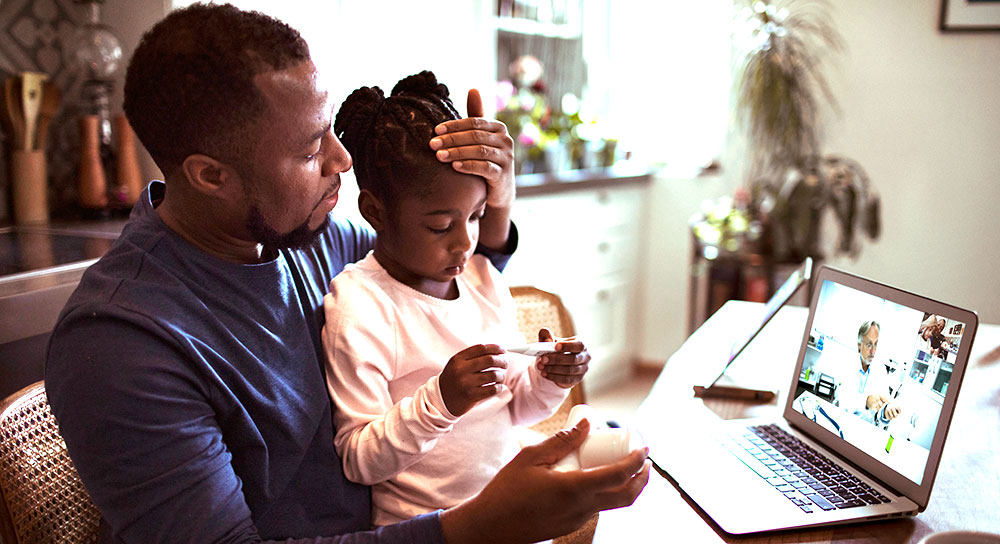
First-degree burns happen every day – cooking breakfast, curling your hair, ironing clothes, and spending a little too much time in the sun increase your risk of getting a first-degree burn.
In the United States, more than 1.1 burn injuries require medical attention each year. But, in most cases, these common first-degree burns can be treated from the comfort of your home.
General First Aid for Minor Burns
Most first-degree burns can be easily treated at home, but it’s important to know how to treat them properly. To treat a first-degree burn, here are general first aid tips:- Treat a burn right away by putting it under cool (not cold) water. Cool the burn for three to five minutes.
- Remove all clothing, diapers, jewelry and metal from the burned area. These items can hide underlying burns and retain heat, which can increase skin damage. However, DO NOT remove anything stuck to the wound.
- DO NOT apply ice, lotions, creams or other home remedies.
- DO NOT, break blisters or touch the burn.
- DO, cover the burn with a clean, dry cloth such as sterile gauze. Wrap it loosely to avoid putting pressure on the burned skin.
- Seek medical attention if you are concerned for any reason or if the wound has any of the following: deep, the skin appears charred or have patches of white, brown or black, or if the wound is larger than 3 inches in diameter or covers the hands, feet, groin, buttocks or a major joint.
When to see a Doctor for Your Burn
First-degree burns usually heal on their own with the home remedies above. But you should see a doctor or go to the emergency room for a burn if:- The burn covers a very large area, bigger than the palm of your hand
- The victim is an infant or elderly person
- You see signs of an infection, like redness, swelling, odor or oozing
- You have a fever
- Your pain worsens over time
- Your burn has caused whitish or gray discoloration of the skin






